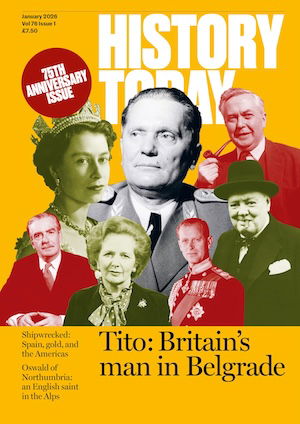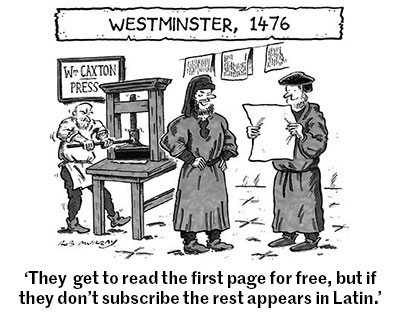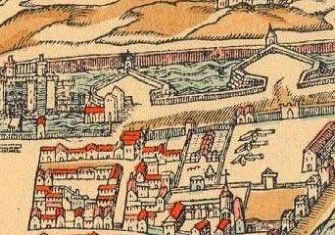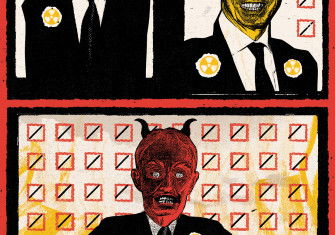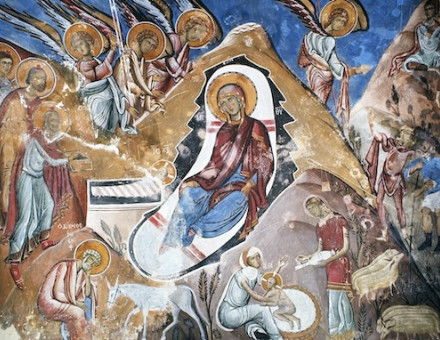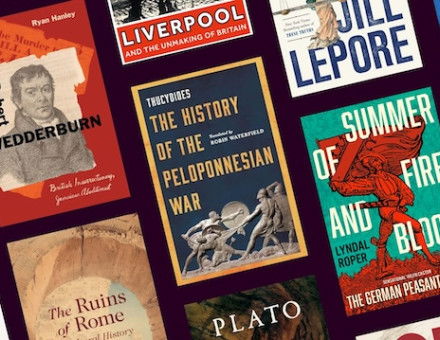Iraq’s Revolution: Bastille Day in Baghdad
The chain of events that led to the rule of Saddam Hussein began with the murder of the 23-year-old King Faisal during the 14 July Revolution.
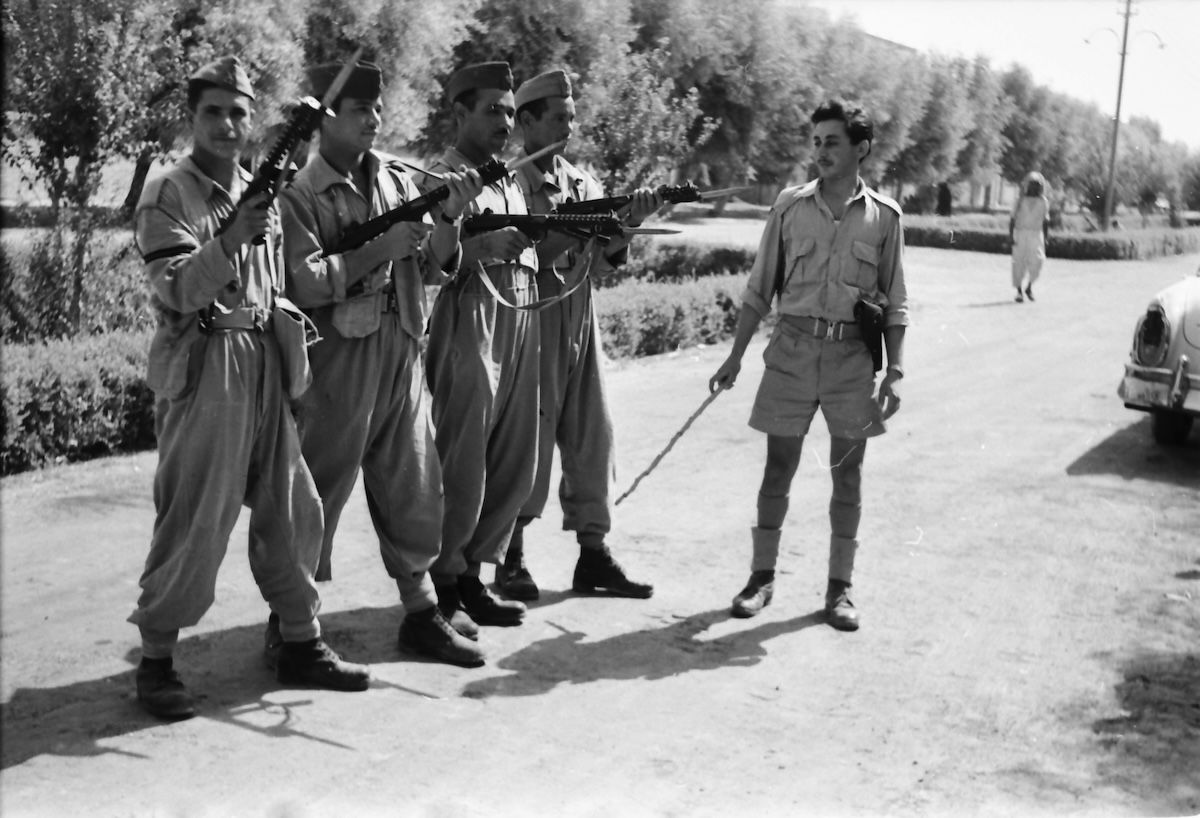
"The sun shines in my city
The bells ring out for heroes
Awake my beloved we are free…"
So wrote Abdul Wahab Batati in a poem to commemorate the Iraq Revolution of July 1958, which occurred exactly 169 years after the storming of the Bastille in Paris. Apart from sharing the same birthday, the French and Iraqi revolutions were both regicidal and were both greeted with euphoria.

